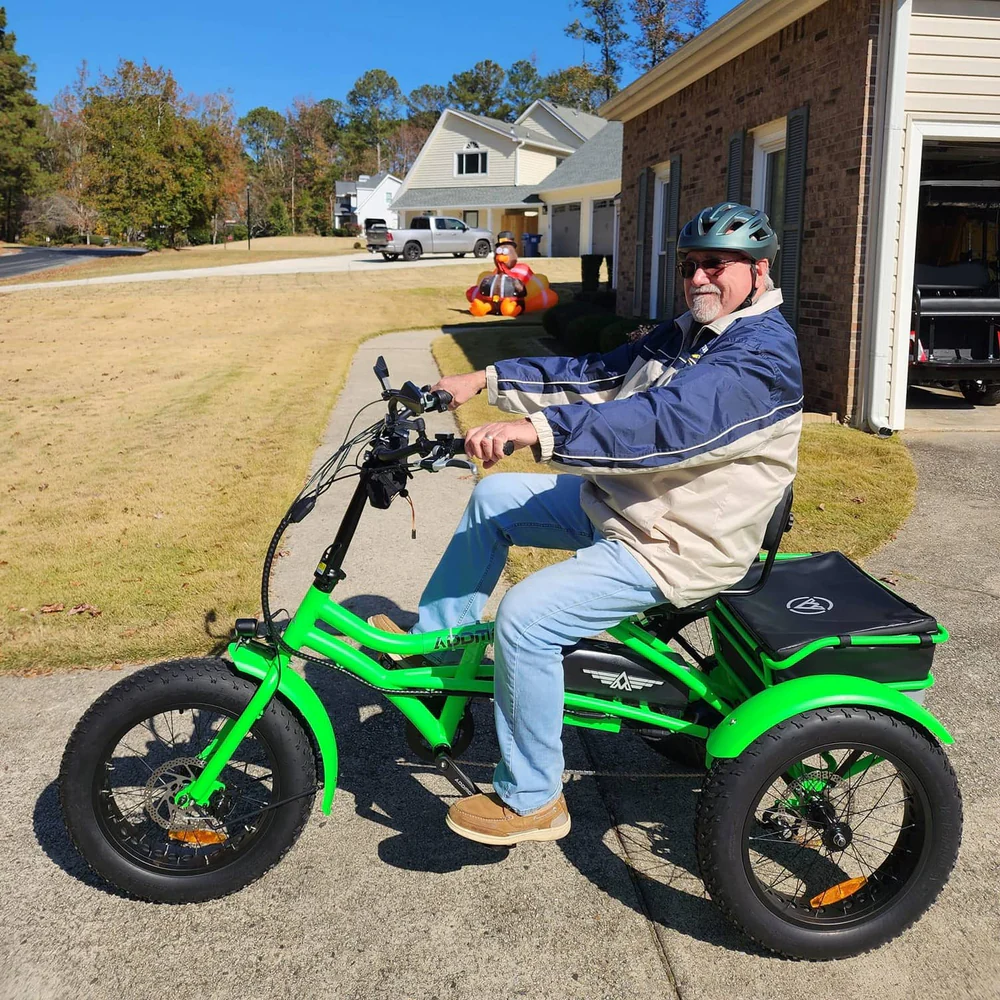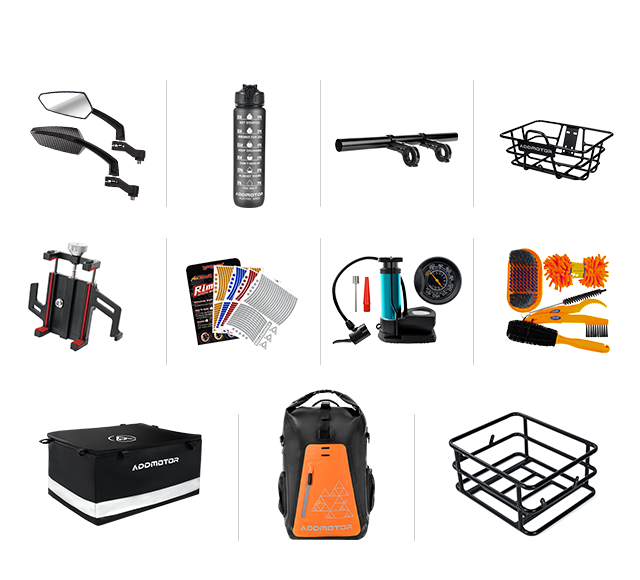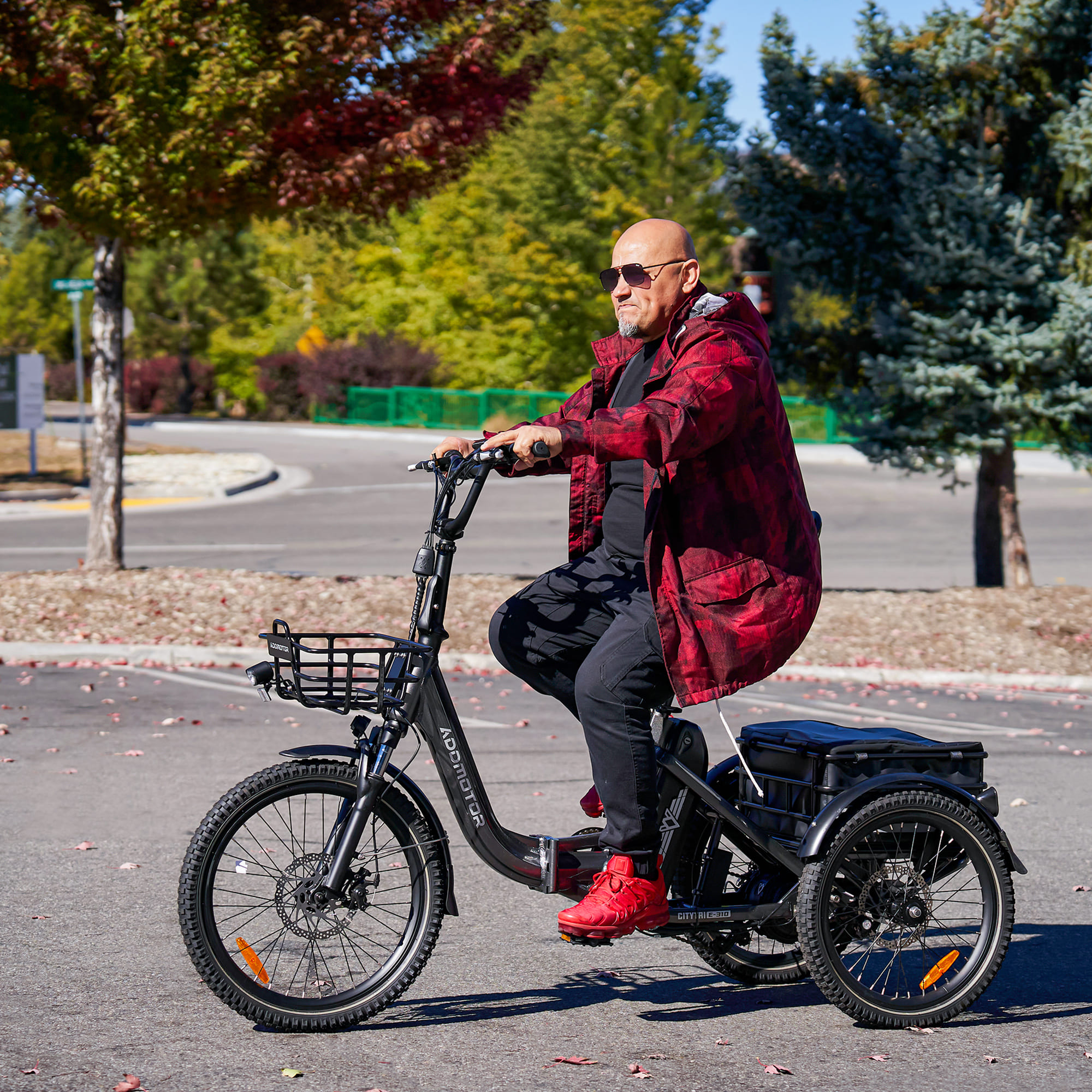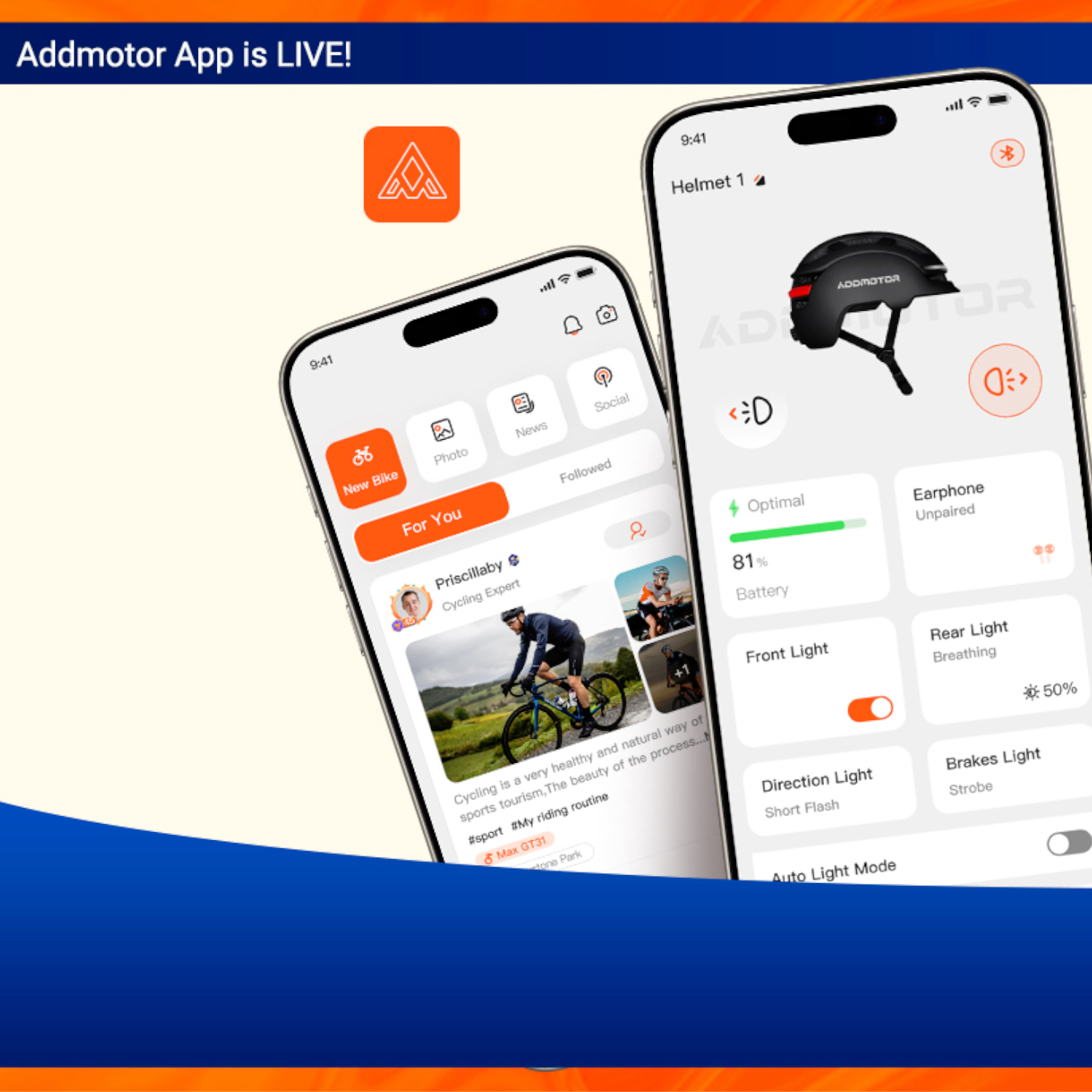What do you need to know about riding an electric bike in Canada?
By Jamie | 06 June 2022 | 0 Comments
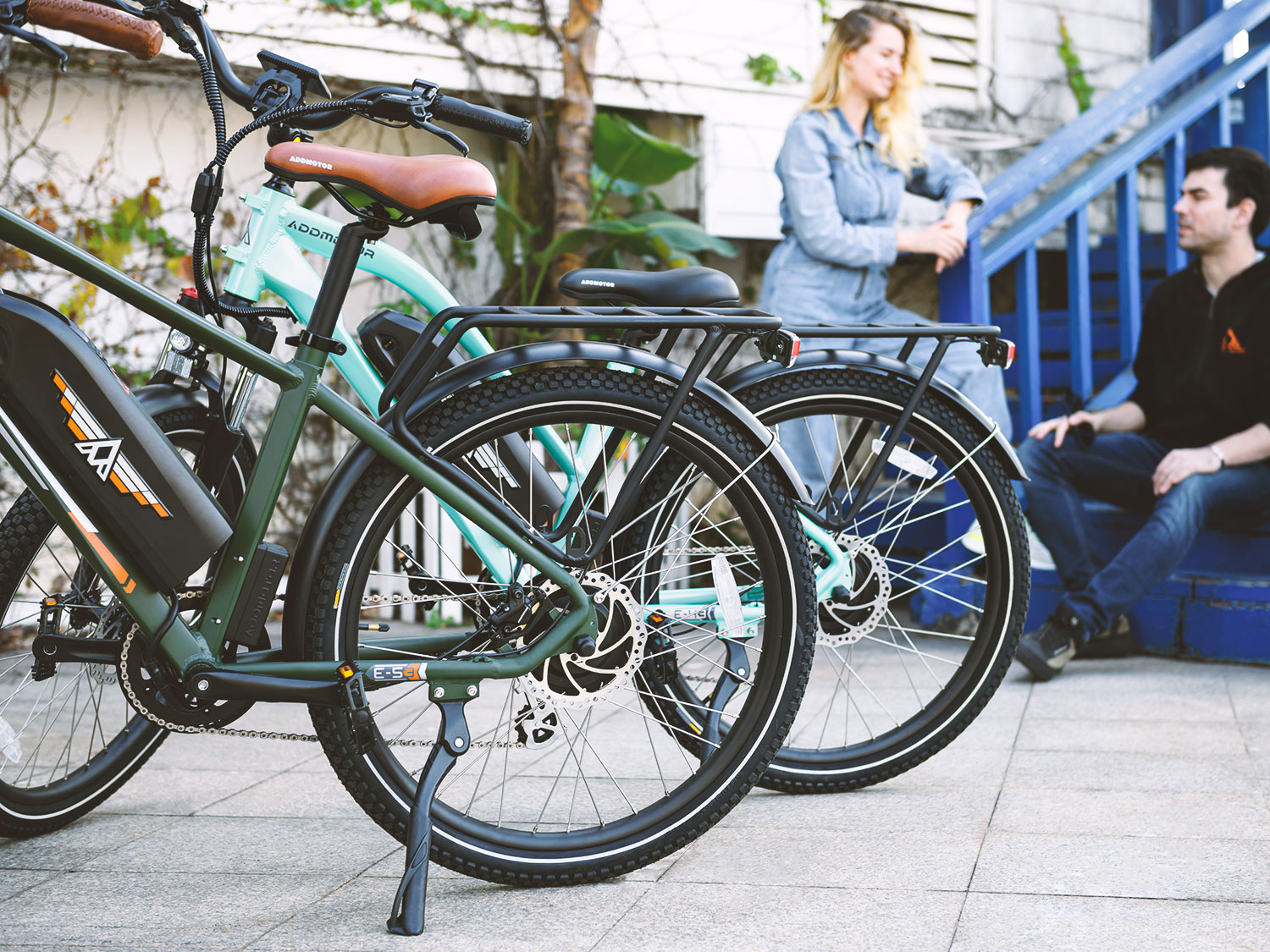
Owning an electric bike is easy, but do you know the rules and regulations that you should follow when riding an electric bike in Canada? They are actually very similar to traditional bicycle regulations. Riding an electric bike in Canada requires no license, plates, or insurance to own or operate. In Canada, Power Assisted Bicycles are classified under Federal law, and each province can make minor changes such as age requirements. Additionally, each municipality can make changes as to where they are permitted to be used.
Below are universal rules across the provinces in Canada regarding electric bikes (excluding Prince Edward Island, as they have their own set of rules):
1. Motors are limited to 500W output, and cannot travel faster than 32 kilometers per hour on motor power alone on level ground
2. E-Bikes must have steering handlebars and fully operable pedals. The bike cannot be solely controlled by the battery and the engine must disengage when the rider stops pedaling.
3. It is prohibited to modify the vehicle’s motor to create speeds greater than 32 km/h (20 miles/h)
4. The terms “assist bicycle” or “power-assisted bicycle” (PABs) are the federal technical terms for an electric bicycle. This only applies to electric motor assist bicycles and excludes vehicles with internal combustion engines
5. All riders must wear a bicycle or motorcycle helmet at all times when riding
6. Specific ebike labeling is required stating that it meets all the necessary federal and provincial requirements
7. A classified e-bicycle must have an attached motor that runs on electricity, not gas.
There is one main difference between bikes in Canada and the United States. In the U.S., motors can go up to 750W whereas in Canada they are regulated at 500W.
However, the two motors still operate at relatively the same speed (750W = 20 mph, 500W = 32 km/h which is roughly 19.8 mph). The decrease in wattage does not result in a huge difference to the rider when using an e-bike. Additionally, a benefit of the 500W motor is increased range vs the 750W model, such as Addmotor’s CITYPRO series products (E-43/E-53). These two electric bikes both feature a 500W hub gear motor, but the range can reach up to 125+miles (PAS1).
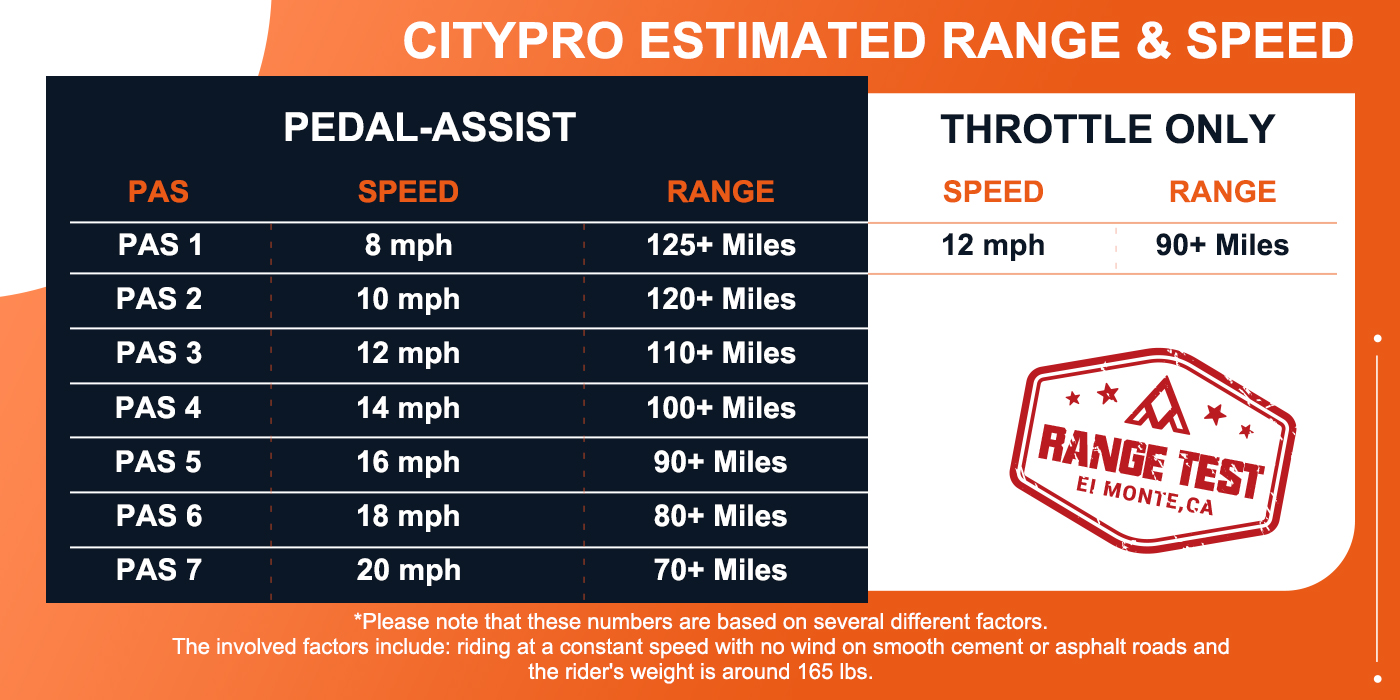
Electric Bike Rules by Province
Even though there are universal rules, there are also provincial-specific rules. Here are some differentiating regulations for each Canadian province.
Alberta - Alberta identifies electric bikes as “power bicycles”, which aligns with the federal definition of “power-assisted bicycle”. Passengers are allowed on the e-bike only if it is equipped with a designated seat for the passenger. Riders must be 12 years of age or older and there is no weight restriction.
British Columbia - In British Columbia, electric bikes are identified as a “motor-assisted cycle”, which means that the vehicle must be able to combine human pedal power with electric motor assistance. Riders must be 16 years old or more.
Ontario - In Ontario, the maximum weight of an e-Bike must be 120 kg and require a maximum braking distance of nine meters. By law, a vehicle over this weight will no longer be classified as an e-bike. Riders must be 16 years of age or older. Municipalities are also allowed to restrict where e-bikes can be used on their streets, bike lanes, and trails, as well as restricting certain types of e-Bikes.
Manitoba - Manitoba suggests e-bikes must not have more than three wheels touching the ground. Riders must also be at least 14 years of age or older.
New Brunswick - There are some unique rules in New Brunswick. Electric bikes must have wheel rims larger than 22cm and the seat must be 68cm off the ground. The electric bike must also have a headlight if the driver is operating it at night. There is currently no set minimum age for riding an e-Bike in New Brunswick.
Nova Scotia - In Nova Scotia, power-assisted bicycles are classified similarly to standard pedal bicycles. Riders must wear their approved bicycle helmet with its chinstrap in place.
Prince Edward Island - PEI previously had a few differences from other provinces. PEI was the only province where e-Bikes were classified as limited-speed motorcycles and were treated similarly to mopeds. Because of this, e-bikes were required to be registered and riders needed a license. Operators must be 16 years or older. But as of July 8, 2021, PEI has modified their regulations. It now states electric bikes must follow the same rules as traditional bikes on roadways. Helmets must be worn, the speed cannot exceed 32km per hour and a maximum power of 500 watts. The new rules mean anyone 16 and older can operate an electric bike and a driver’s license, insurance and registration are not required.
Quebec - Along with the universal rules, in Quebec, e-bikes can have up to three wheels and must include the original label imprinted by the manufacturer. Riders must be 14 and over to ride the electric bicycle and if they’re under the age of 18, they must have a moped or scooter license (A class 6D license).
Saskatchewan - Saskatchewan has two classifications for power-assisted bikes: an electric-assist bicycle, which uses pedals and a motor at the same time, or a power cycle that uses either pedals and motor or motor only. The power cycle must meet Canadian Motor Vehicle Safety Standards (CMVSS) for a power-assisted bicycle. The power cycle also requires at least a learner’s driving license. The electric-assist bicycle does not require a license or registration. Riders must be 14 years or older.
Newfoundland and Labrador - E-Bikes must be equipped with a red rear light, reflector, and white front light. Riders over the age of 18 do not need a license or registration, but riders between 14-17 need an authorized permit to operate a scooter, e-Bike, or moped.
Northwest Territories - The territories fall under federal jurisdiction, so riders must follow federal rules.
Conclusion
Despite some varying rules between the provinces within Canada, overall there are not too many restrictions on e-Bikes aside from motor output, speed, helmet usage, and age limit. Before buying or riding your e-Bike, it is ideal to read up about the e-bike rules in your province to ensure you and your vehicle are abiding by all the necessary legal standards!
Leave a Reply
Your email address will not be published.Required fields are marked. *
Latest Stories

